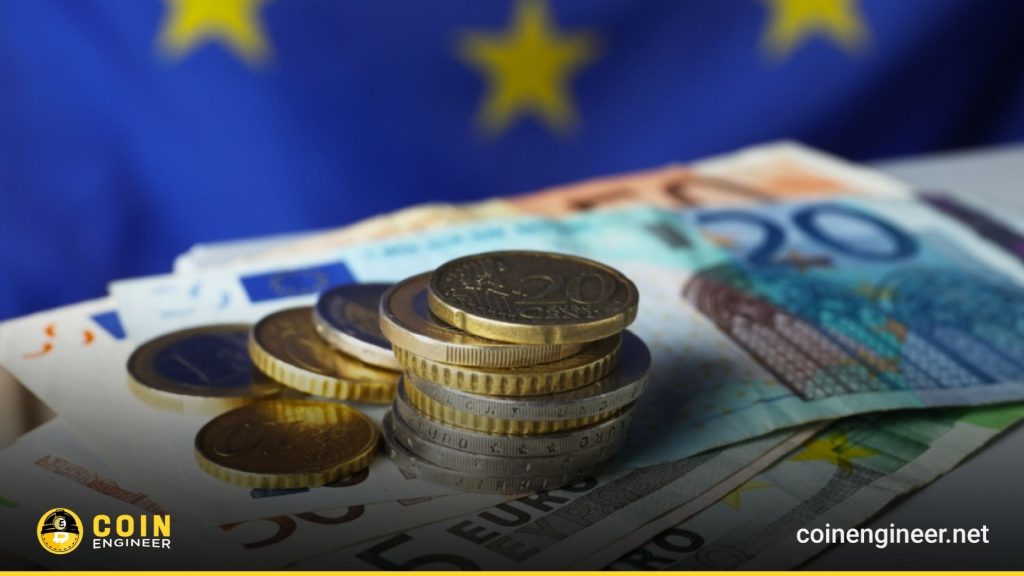The Eurozone Annual Consumer Price Index (CPI) has been released! Did it meet expectations? What do the data show? Let’s take a closer look.
Did the Eurozone Annual Consumer Price Index (CPI) Meet Expectations?
According to data released by Eurostat, the Eurozone’s annual inflation rate declined to 2.2% in March, down from 2.3% in February. This figure was in line with market expectations, indicating a slight easing of inflationary pressures. On a monthly basis, inflation stood at 0.6%.
Core Inflation and Sectoral Overview
Core inflation, which excludes volatile components such as energy and food, remained at 2.4% in March. Looking at sectoral trends, the highest price increase was recorded in the services sector at 3.4%, followed by food, alcohol, and tobacco at 2.9%. Prices for non-energy industrial goods increased by 0.6%, while energy prices fell by 0.7%.
Inflation rates varied across countries. Estonia, Slovakia, and Croatia recorded the highest inflation at 4.3%, while Belgium, Latvia, and Lithuania saw 3.6% inflation. In major economies, Germany’s inflation stood at 2.3%, Spain at 2.2%, Italy at 2.1%, and France at 0.9%.
Implications for ECB and Monetary Policy
The European Central Bank (ECB) aims to maintain inflation at 2% in the medium term. While the latest figures suggest that inflation is moving closer to this target, uncertainties remain regarding how this will influence ECB’s interest rate policy. With core inflation still at 2.4%, the central bank may adopt a cautious stance before making any rate cuts.
In the coming months, the direction of inflation and the ECB’s decisions in its June meeting will be closely watched by markets. While inflationary pressures appear to be easing, the ECB may require further evidence before considering rate reductions. Investors and analysts are now focusing on upcoming inflation and economic growth data for clearer signals on the bank’s next moves.
You can also freely share your thoughts and comments about the topic in the comment section. Additionally, don’t forget to follow us on our Telegram, YouTube, and Twitter channels for the latest news and updates.


